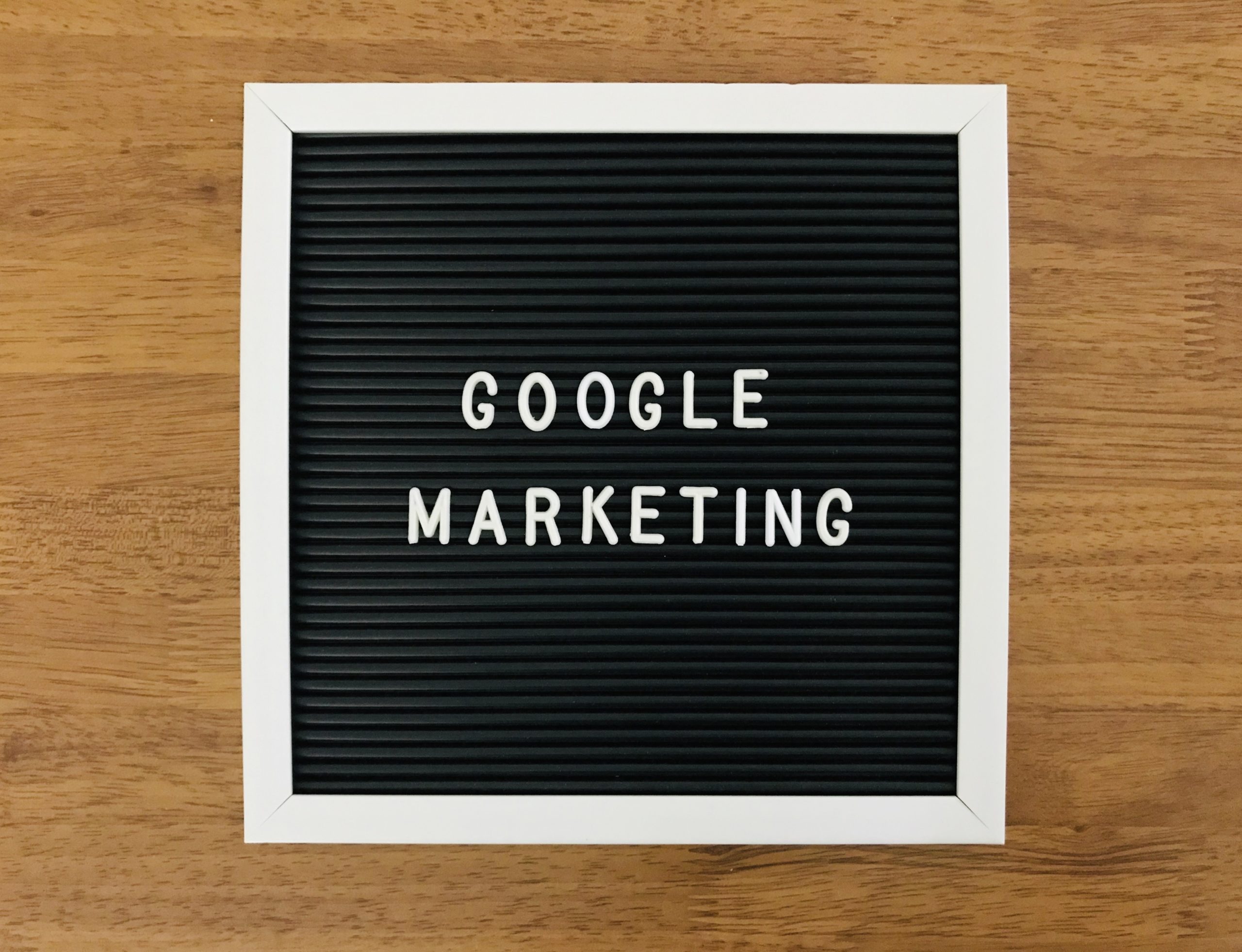
This powerful tool turned 5 years old in 2023 and with over 500M daily users it is a tool worth considering. Google Lens in the Google app can help you explore the world around you, it uses your phone’s camera to search what you see in an entirely new way. Google Lens is now built into its search bar. Google has been integrating its Lens image recognition tech into several of its products for quite a while now, including Google Photos and Chrome, but now it’s putting it front and center.
How did it all start?
Google Lens was first announced at the Google I/O developer conference in May 2017. It was initially introduced as a feature within Google Photos, allowing users to use their smartphone cameras to identify objects in their photos and perform actions such as searching for more information or translating text.
Since then, Google Lens has evolved and expanded to become a standalone app, integrated with other Google services such as Google Assistant and Google Maps. It has also added new features, such as the ability to recognize and translate text in real-time, and to identify and provide information about landmarks and businesses.
Overall, Google Lens has become a powerful tool for visual search and augmented reality, leveraging Google’s expertise in machine learning and computer vision to enable users to explore the world around them in new ways.
Can I use Google lens with IOS?
Yes, Google Lens is available as a standalone app on iOS devices and can be downloaded from the App Store. It is also integrated with the Google Photos app on iOS, which allows users to access Google Lens features directly within the Photos app.
Google Lens on iOS works similarly to the Android version, allowing users to identify objects, translate text, scan barcodes, and more using their smartphone camera. The app also provides information and suggestions based on the objects or text that it recognizes.
Does Google Lens help your Marketing? – You bet it does
A marketer can use Google Lens in a number of ways to engage with their audience and promote their products or services. Here are a few examples:
- Visual search: Marketers can use Google Lens to create visual search experiences for their customers. For example, a food brand can enable users to scan an ingredient image with Google Lens to see related products, purchase options, and other information.
- Interactive ads: Marketers can create interactive ads that use Google Lens to provide users with additional information or offers. For example, a food brand can create an ad that includes a QR code that users can scan with Google Lens to see a recipe or promotional offer.
- Product information: Marketers can use Google Lens to provide users with additional information about their products. For example, a consumer electronics brand can enable users to scan a product with Google Lens to see features, reviews, and pricing information.
- Translation: Marketers can use Google Lens to create multilingual marketing campaigns. For example, a travel brand can enable users to scan a sign or menu with Google Lens to see a translation in their preferred language.
Tips for using Google Lens in food marketing
- Recipe suggestions: A food brand can use Google Lens to provide users with recipe suggestions for their products. For example, a pasta brand can enable users to scan a package of their pasta with Google Lens to see recipes that use that specific type of pasta.
- Nutritional information: A food brand can use Google Lens to provide users with additional information about the nutritional value of their products. For example, a snack brand can enable users to scan a package with Google Lens to see the calorie and nutrient content of the snack.
- Interactive ads: A food brand can create interactive ads that use Google Lens to provide users with additional information or offers. For example, a restaurant can create an ad that includes a QR code that users can scan with Google Lens to see a special menu item or promotional offer.
- Cooking videos: A food brand can use Google Lens to enable users to access cooking videos or tutorials. For example, a spice brand can enable users to scan a package with Google Lens to see a video tutorial on how to use that specific spice in a recipe.
- Food identification: A food brand can use Google Lens to enable users to identify different types of food or ingredients. For example, a produce brand can enable users to scan a piece of fruit with Google Lens to see information about the fruit, including its nutritional value, recipes, and storage tips.
Watch outs.
As with any technology, there are potential problems or limitations with Google Lens. Some of these include:
- Accuracy: While Google Lens is generally accurate, it may not always correctly identify objects or provide accurate information. This can be due to a variety of factors, such as lighting conditions, image quality, or the complexity of the object being identified.
- Privacy concerns: As with any app that uses your camera or microphone, there may be privacy concerns with Google Lens. Users should be aware of the permissions they are granting the app and take steps to protect their personal data.
- Dependence on internet connection: Google Lens requires an internet connection to function, as it relies on cloud-based image recognition and machine learning algorithms. This means that it may not work well or at all in areas with poor connectivity.
- Limited language support: While Google Lens supports many languages, it may not be able to recognize all languages or dialects. This can limit its usefulness for users in certain regions.
- Accessibility concerns: The app may not be fully accessible for users with disabilities or impairments, such as those who are blind or visually impaired. This could limit the app’s usefulness for these users.
What is next with Google Lens?
We do not have access to Google’s internal plans or strategies. However, based on Google’s past developments, it is likely that they will continue to improve and expand the capabilities of Google Lens. This could include further integration with Google’s other services, more advanced object recognition and visual search features, and improvements to the accuracy and speed of the app. Google may also explore new use cases for the technology, such as integrating it with augmented reality or other emerging technologies.
